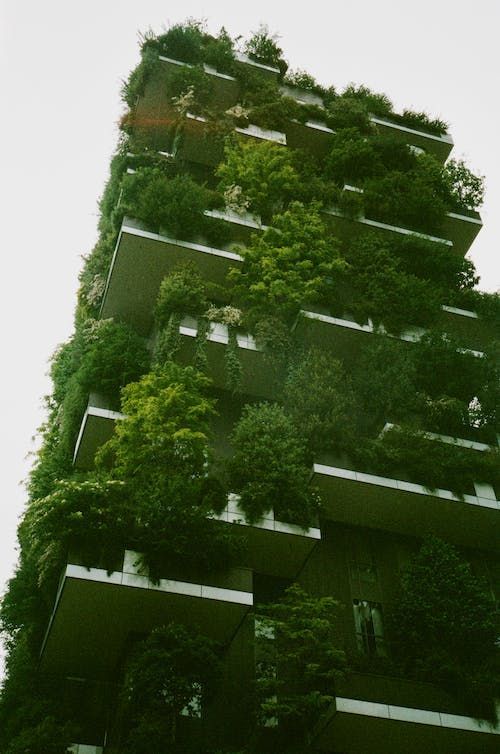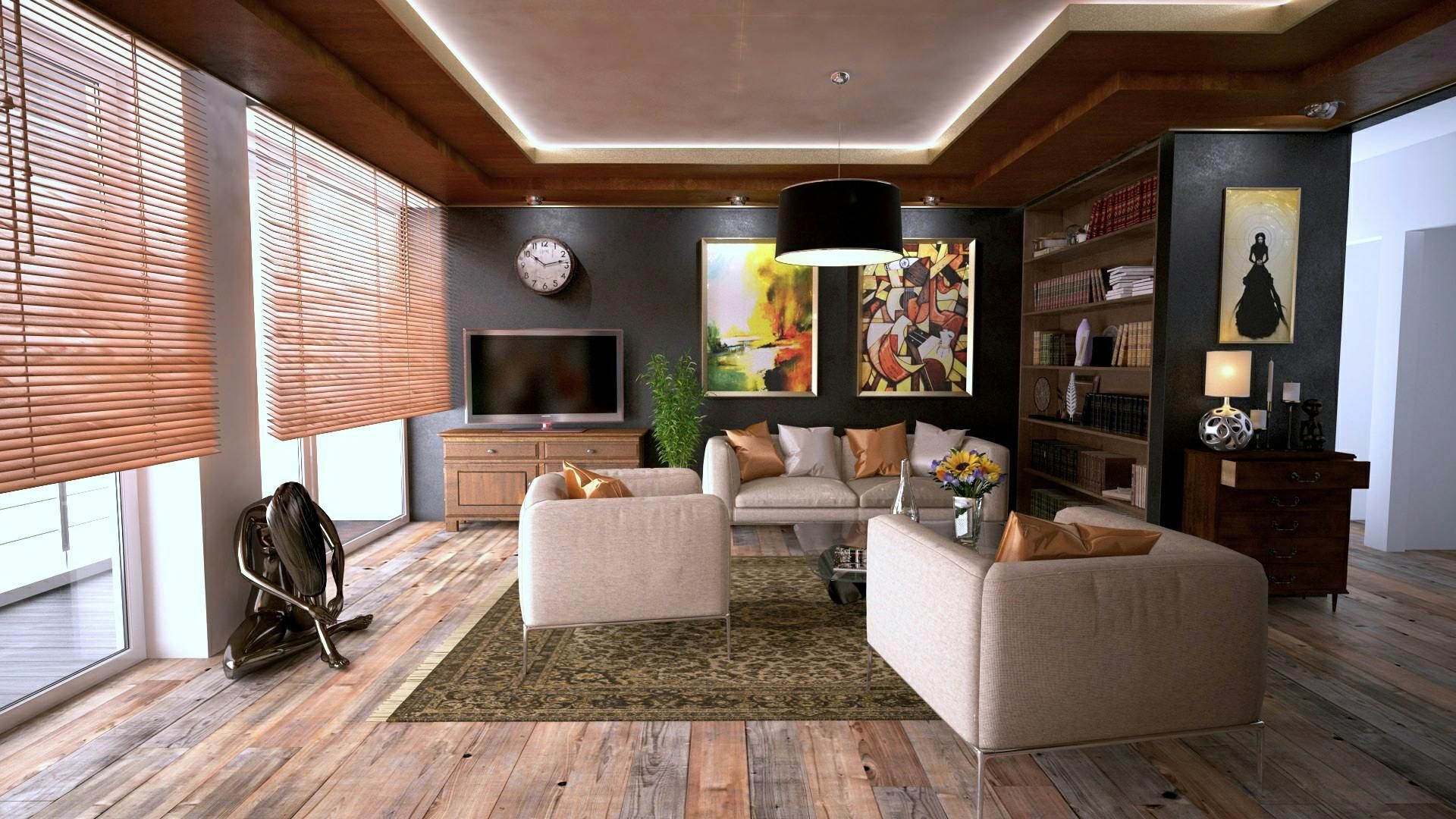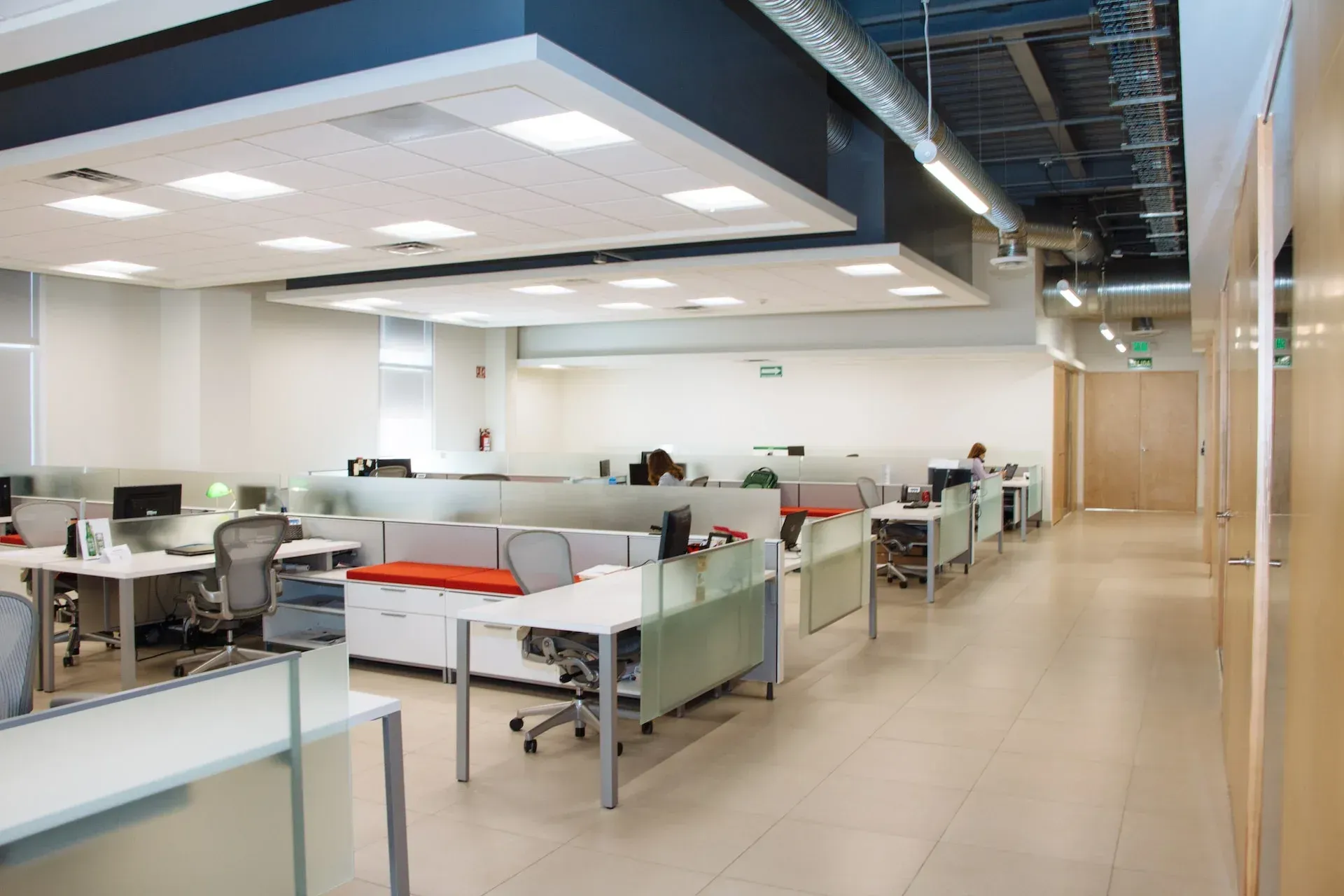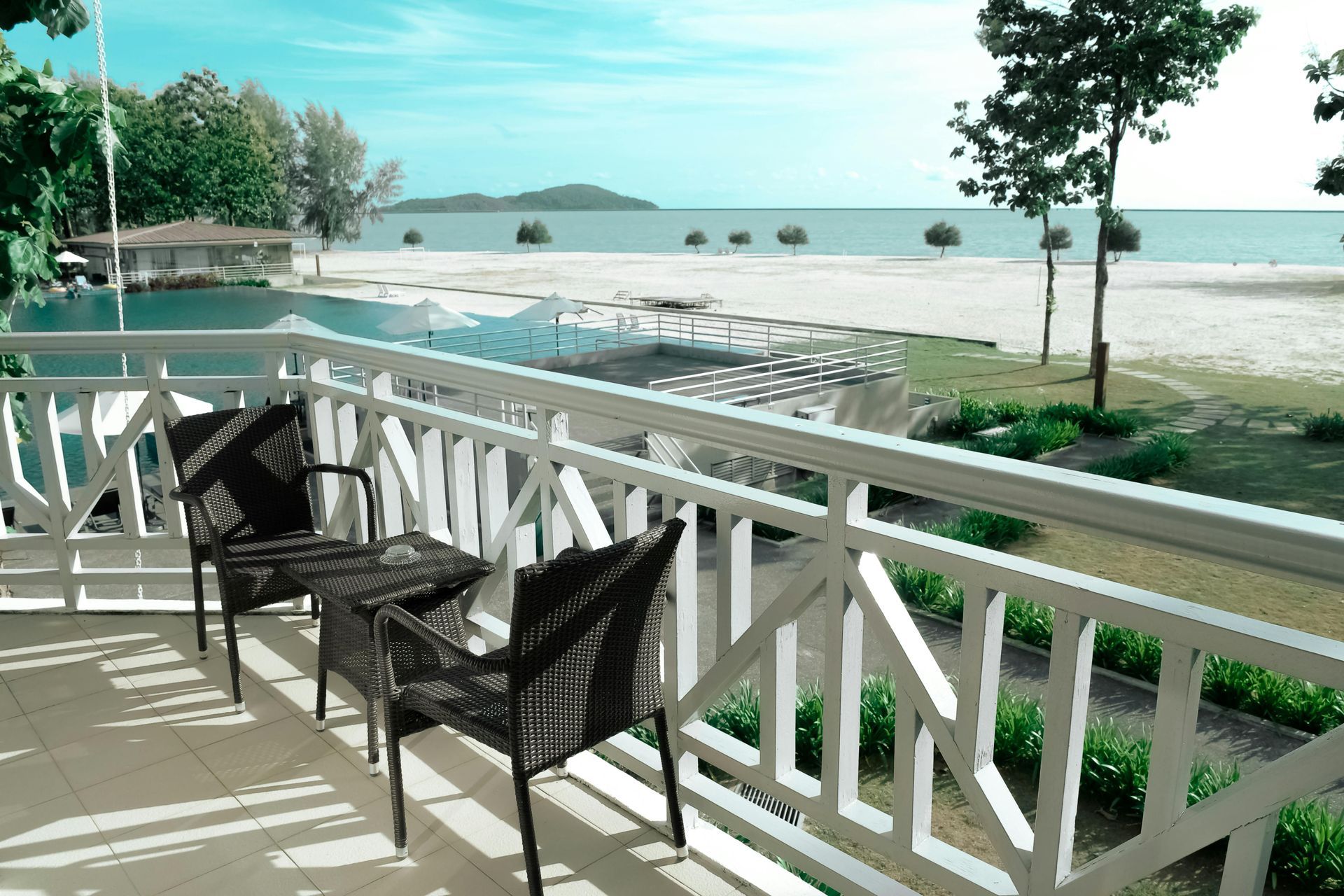Building Green: Sustainable Features for Your Custom Home
In today's world, there is a growing awareness of the impact we have on the environment. As a result, more and more people are seeking ways to live a greener and more sustainable lifestyle. This shift in mindset has also influenced the way we build and design our homes. Home builders have recognized the changing desires and needs of homeowners and have responded by creating custom homes that are not only spacious and comfortable but also energy-efficient and environmentally friendly. In this article, we will explore the various sustainable features that can be incorporated into custom homes, the benefits of building green, and the innovative technologies and materials available for sustainable custom home construction.

Section 1: Energy Efficiency
One of the key aspects of building a green custom home is ensuring energy efficiency. By reducing energy consumption, homeowners can not only save money but also minimize their carbon footprint. There are several features that can contribute to energy efficiency in a custom home:
Improved Insulation
Proper insulation is crucial for reducing energy expenditure in a home. It helps to maintain a comfortable indoor temperature while minimizing the need for excessive heating or cooling. Modern insulation materials are designed to be highly efficient and can significantly reduce energy usage.
Energy Star Appliances
Energy Star appliances are a popular choice for homeowners looking to reduce their energy consumption. These appliances are designed to be highly efficient and use less electricity and water compared to standard appliances. By incorporating Energy Star appliances into a custom home, homeowners can save money on utility bills while minimizing their environmental impact.
Programmable Thermostats
Programmable thermostats are another energy-saving feature that can be included in a custom home. These thermostats allow homeowners to set specific temperature schedules, ensuring that energy is not wasted when the home is unoccupied or during sleeping hours. By optimizing temperature settings, homeowners can achieve both comfort and energy efficiency.
Section 2: Water Conservation
Conserving water is another important aspect of building a sustainable custom home. By implementing water-saving features, homeowners can reduce their water usage and contribute to water conservation efforts. Here are some water-saving features to consider:
Low-Flow Fixtures
Installing low-flow fixtures, such as faucets, showerheads, and toilets, can significantly reduce water consumption in a custom home. These fixtures are designed to limit the flow rate of water while maintaining adequate functionality and user comfort. By using less water, homeowners can contribute to water conservation and potentially lower their water bills.
Rainwater Harvesting Systems
Rainwater harvesting systems provide an excellent opportunity to utilize natural resources and reduce reliance on municipal water supplies. These systems collect rainwater from roofs and store it for later use in activities such as irrigation, toilet flushing, and laundry. By harvesting rainwater, homeowners can conserve water and reduce their environmental impact.
Section 3: Indoor Air Quality
Indoor air quality is a crucial aspect of a healthy and comfortable living environment. Incorporating features that improve indoor air quality can have significant benefits for homeowners. Here are some features to consider:
Low-VOC Materials
Using low-VOC (volatile organic compounds) materials in the construction of a custom home can significantly improve indoor air quality. VOCs are chemicals that can be released from building materials, furniture, and household products, contributing to poor indoor air quality. By choosing low-VOC materials, homeowners can minimize the presence of harmful chemicals in their homes and create a healthier living environment.
Proper Ventilation
Proper ventilation is essential for maintaining good indoor air quality. Adequate ventilation helps to remove pollutants, odors, and excess moisture from the air, promoting a healthier and more comfortable living space. Incorporating mechanical ventilation systems, such as energy recovery ventilators (ERVs) or heat recovery ventilators (HRVs), can ensure sufficient air exchange while minimizing energy loss.
Section 4: Sustainable Materials
Choosing sustainable materials is a fundamental aspect of building a green custom home. Sustainable materials are those that are responsibly sourced, have a low environmental impact, and can be recycled or reused. Here are some sustainable materials to consider:
Bamboo Flooring
Bamboo flooring is a popular choice for environmentally conscious homeowners. Bamboo is a fast-growing plant that can be harvested sustainably, making it a renewable and eco-friendly flooring option. Additionally, bamboo flooring is durable, aesthetically pleasing, and can add a touch of natural beauty to a custom home.
Recycled Glass
Using recycled glass in construction materials, such as countertops or tiles, is an excellent way to incorporate sustainability into a custom home. Recycled glass helps to reduce the demand for new raw materials and minimizes waste. It can also add a unique and stylish element to the design of a custom home.
Recycled Lumber
Using recycled lumber, also known as reclaimed wood, is another sustainable option for custom home construction. Reclaimed wood is salvaged from old buildings, barns, or other structures and repurposed for use in new construction. Using recycled lumber not only reduces the demand for new timber but also adds character and charm to a custom home.
Section 5: Innovative Technologies
Advancements in technology have opened up new possibilities for sustainable custom home construction. Innovative technologies can enhance energy efficiency, improve comfort, and reduce environmental impact. Here are some examples of innovative technologies to consider:
Solar Panels
Solar panels are a well-known and widely adopted technology for generating renewable energy. By harnessing the power of the sun, solar panels can generate electricity to power a custom home. Solar energy is clean, renewable, and can significantly reduce reliance on traditional energy sources. Additionally, homeowners may be eligible for incentives and tax credits for installing solar panels.
Geothermal Heating and Cooling Systems
Geothermal heating and cooling systems utilize the natural heat stored in the earth to regulate indoor temperature. These systems use pipes buried underground to extract heat during the winter and dissipate heat during the summer. Geothermal systems are highly efficient, environmentally friendly, and can provide significant cost savings over time.
Smart Home Technology
Smart home technology is revolutionizing the way we live and interact with our homes. Integrating smart home technology into a custom home can enhance energy efficiency and convenience. For example, smart thermostats can optimize temperature settings based on occupancy patterns, while smart lighting systems can automatically adjust lighting levels based on natural light availability. These technologies not only improve energy efficiency but also provide homeowners with greater control and comfort.
Section 6: Cost Savings and Environmental Benefits
Building a green custom home can offer significant cost savings and environmental benefits. Here are some of the key advantages of incorporating sustainable features into a custom home:
Lower Energy Bills
By implementing energy-efficient features, homeowners can significantly reduce their energy consumption and lower their utility bills. Energy-efficient appliances, insulation, and lighting can all contribute to substantial cost savings over the lifetime of a custom home.
Increased Home Value
Sustainable custom homes are in high demand, as more homebuyers prioritize energy efficiency and environmental responsibility. By incorporating sustainable features into a custom home, homeowners can increase its value and attract potential buyers who appreciate the long-term cost savings and environmental benefits.
Environmental Stewardship
Building a green custom home is a meaningful way to contribute to environmental stewardship and reduce one's carbon footprint. By minimizing energy consumption, conserving water, and using sustainable materials, homeowners can make a positive impact on the environment and help preserve natural resources for future generations.
Section 7: Working with a General Contractor
To ensure the successful implementation of sustainable features in a custom home, it is essential to work with a knowledgeable and experienced general contractor. A general contractor is responsible for overseeing the entire construction process, including the integration of sustainable materials and technologies. Here are some steps to consider when working with a general contractor:
Research and Select a Reputable General Contractor
Start by researching and selecting a reputable general contractor who specializes in sustainable custom home construction. Look for contractors with a proven track record in green building practices and a portfolio that showcases their expertise in sustainable design and construction.
Collaborate on Design and Planning
Work closely with the general contractor to collaborate on the design and planning phase of the project. Discuss your goals and vision for a sustainable custom home, and rely on the expertise of the contractor to provide guidance and recommendations on sustainable features, materials, and technologies.
Regular Communication and Monitoring
Maintain regular communication with the general contractor throughout the construction process. This ensures that sustainable features are implemented correctly and according to the design specifications. Regular monitoring and site visits can help address any issues or concerns promptly.
Section 8: Conclusion
Building a green custom home allows homeowners to create a space that is not only comfortable and aesthetically pleasing but also environmentally responsible. By incorporating energy-efficient features, conserving water, using sustainable materials, and integrating innovative technologies, homeowners can enjoy the benefits of a sustainable lifestyle while reducing their environmental impact. Working with a knowledgeable general contractor is essential to ensure the successful implementation of sustainable features and to create a custom home that meets both the homeowner's vision and sustainability goals. Embrace the opportunity to build a greener future by exploring sustainable building practices and incorporating eco-friendly features into your custom home.
You might also like
Construction Insights and Inspiration





